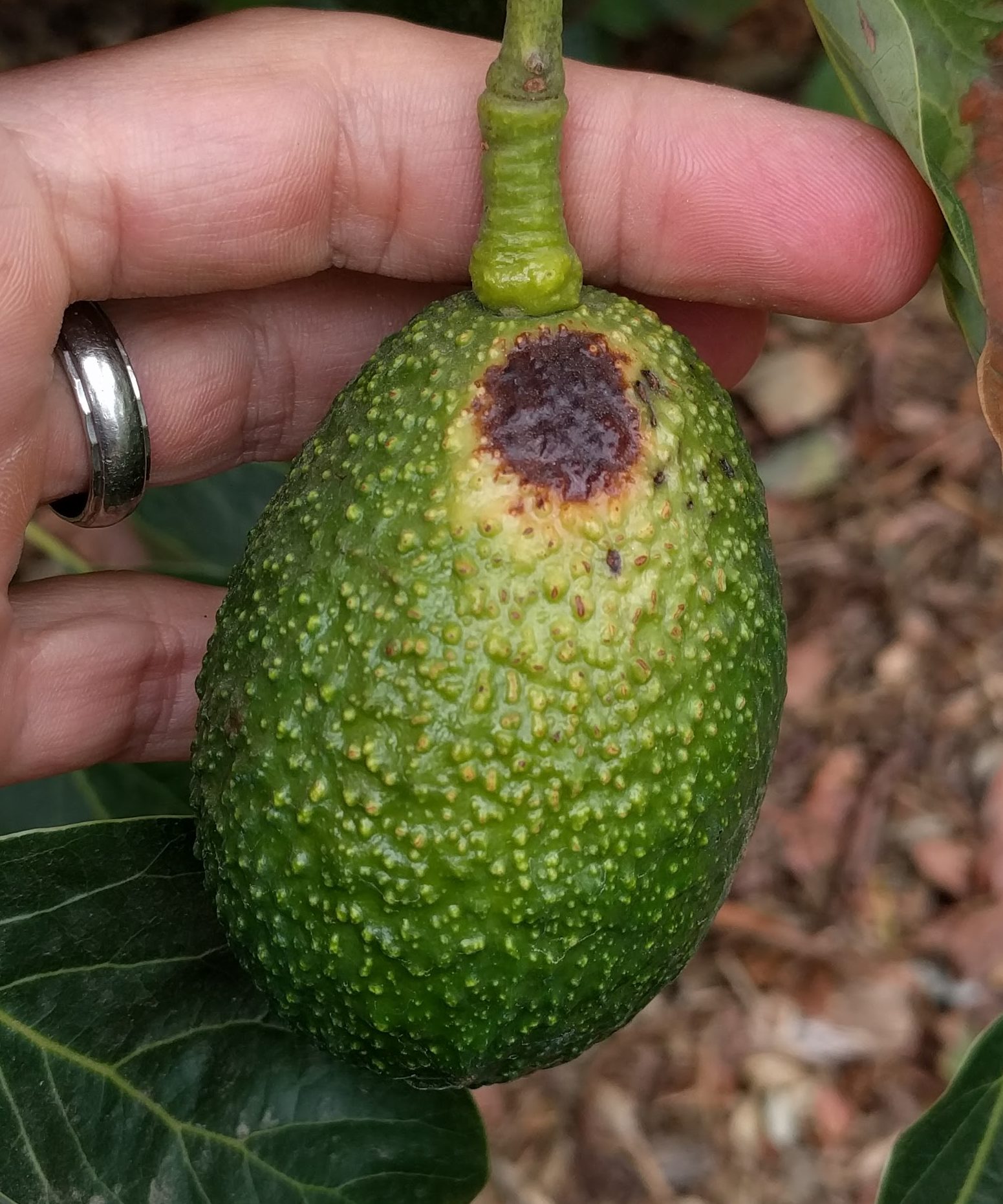
While no individual cartel has been directly tied to a specific threat, U.S. Threats directed at inspectors have happened before. There are even reports of cartels using drones to drop bombs as part of their efforts to control the economy of the region. They dumped seven more bodies on the side of a road, leaving a banner at the scene that taunted a rival gang, the Viagras. In 2019, the Jalisco New Generation Cartel killed nine people in Uruapan, Michoacán’s hub of avocado distribution, hanging their corpses from a prominent overpass in the city. Enrique Castro/AFP via Getty Imagesīut a bloody turf war has intensified in recent years. Members of a self-defense group guard an avocado plantation from drug cartels in the state of Michoacán, Mexico. In the beginning, cartels were content to extort farmers, packers and exporters – in essence, taxing them for the ability to do business without interference from the cartels. In Mexico, the high profit margins of the avocado trade attracted the interest of crime cartels, and those operating in Michoacán began to infiltrate the avocado business more than 20 years ago.Īs various cartels have vied for control of the avocado industry, violence and extortion have escalated in the region. Countries like Peru and Colombia also produce the fruit. come from places other than Mexico and the U.S. The average price of an avocado is up 10% from a year ago during the brief ban, the price of a carton of the fruit catapulted to nearly $60, up from around $30 a year ago.Ĭurrently, less than 1% of avocados eaten in the U.S. Exports of avocados from Mexico were valued at nearly US$3 billion in 2021, ahead of both tequila and beer, two other popular Mexican exports.
#Avocado fruit tv#
– supplies about 80% of the 60 million pounds of avocados eaten north of the border each week.Ī TV ad for Mexican avocados aired during the 2022 Super Bowl.Īvocados are sometimes referred to as “ green gold” because of the price they command in international commodity markets. Today, Mexico – specifically, the Mexican state of Michoacán, which is the only state certified to sell the fruit to the U.S. This increase in the popularity of avocados, coupled with the limitations of domestic sources, has allowed Mexican avocados to dominate the American market. has ballooned from 2 pounds in 2001 to nearly 8 pounds in 2018. Since then, per capita avocado consumption in the U.S. At the time, Southern California produced about 90% of the avocados eaten by Americans. Department of Agriculture lifted a 1914 import ban, which originally was implemented due to fears over pests like seed weevils infesting U.S. Mexico’s cash cropĪvocados from Mexico have been fueling America’s taste for the fruit since 1997, when the U.S.

When I was working on my book “ Avocado: A Global History,” I was struck by the extent to which this lucrative trade has evolved over the past 25 years, making it an attractive business possibility for both legitimate and criminal enterprises. has become on its neighbor for a product that has seen its demand soar. Yet to me, this disruption – however brief – reveals just how reliant the U.S.


 0 kommentar(er)
0 kommentar(er)
